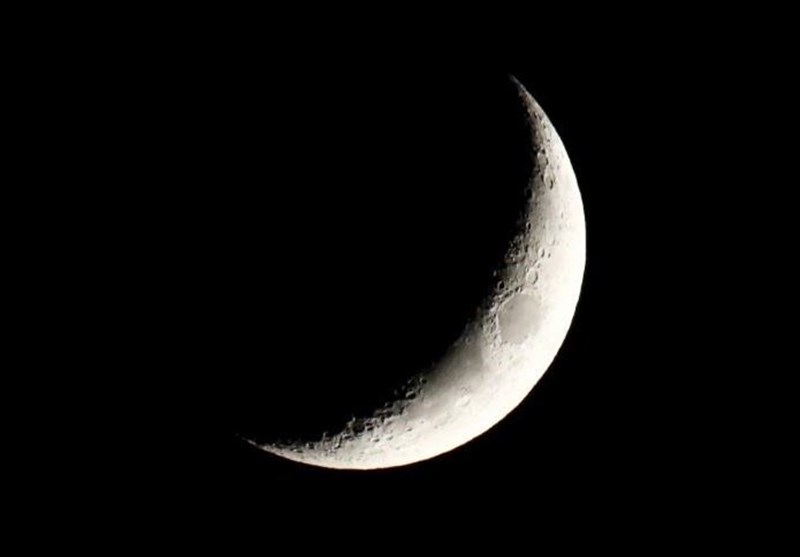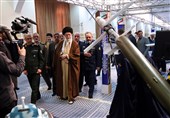China's Probe Prepares to Land on Dark Side of Moon: CNSA
TEHRAN (Tasnim) – A Chinese space probe is moving into position to land on the dark side of the moon for the first time, China's National Space Administration (CNSA) announced.
The probe has entered an elliptical lunar orbit, with the perilune at about 15 km and the apolune at about 100 km, at 8:55 a.m. Beijing Time, said CNSA.
Since the Chang'e-4 entered the lunar orbit on Dec. 12, the ground control center in Beijing has trimmed the probe's orbit twice and tested the communication link between the probe and the relay satellite Queqiao, or Magpie Bridge, which is operating in the halo orbit around the second Lagrangian (L2) point of the earth-moon system, Xinhua reported.
The space engineers also checked the imaging instruments and ranging detectors on the probe to prepare for the landing.
The control center will choose a proper time to land the probe on the far side of the moon, according to CNSA.
The Chang'e-4 probe, including a lander and a rover, was launched by a Long March-3B carrier rocket on Dec. 8 from the Xichang Satellite Launch Center in southwest China's Sichuan Province.
Since the moon's revolution cycle is the same as its rotation cycle, the same side always faces Earth. The other face, most of which cannot be seen from Earth, is called the far side or "dark side" of the moon, not because it is dark, but because most of it is uncharted.
The Chang'e-4 mission will be a key step in revealing the moon's mysterious side.
The scientific tasks of the Chang'e-4 mission include low-frequency radio astronomical observation, surveying the terrain and landforms, detecting the mineral composition and shallow lunar surface structure, and measuring the neutron radiation and neutral atoms to study the environment on the far side of the moon, according to CNSA.






